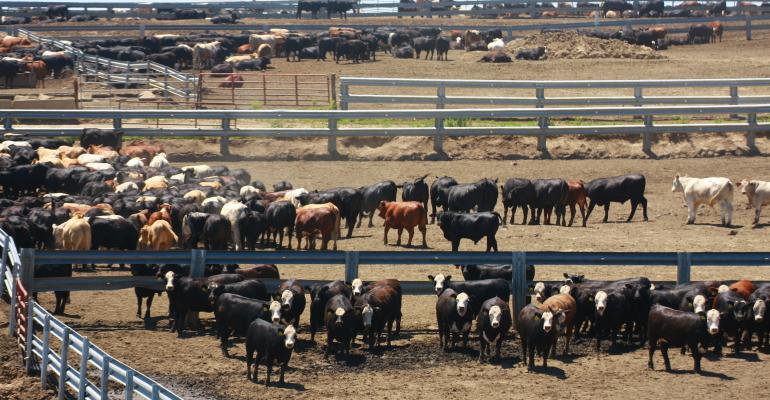USDA says finishing hog imports 4.9% lower from January to June due to stronger packer demand for hogs in Canada.
August 19, 2019

U.S. imports of live swine from Canada were lower during the first half of 2019, while live cattle imports from both Canada and Mexico were higher, the U.S. Department of Agriculture reported.
According to USDA, about 85% of swine imports during the first half of both 2018 and 2019 were animals for finishing. However, the agency reported that during the first six months of 2019, total U.S. imports of hog and pigs from Canada decreased 4.2%.
U.S. imports of finishing animals were 4.9% lower from January to June, which USDA said is likely due to stronger packer demand for hogs in Canada. First-half U.S. imports of hogs for immediate slaughter, on the other hand, increased 2%, which USDA said was probably due to a recently opened slaughter plant with proximity to the Canadian border.
On the cattle side, USDA reported that total 2019 first-half imports increased 17.2% versus a year earlier. About 63% of first-half imports originated from Mexico, while 37% came from Canada. USDA said about two-thirds of total cattle imports were made up of young animals weighing 400-700 lb., 92% of which were of Mexican origin, as well as slaughter-ready cattle, 99.5% of which came from Canada. Imports of cattle weighing 400-700 lb. increased more than 19% in the first half. USDA said this was likely due to attractive U.S. feeder cattle prices. Slaughter cattle imports increased 31.5% due to relatively stronger U.S. cattle prices, USDA noted.
You May Also Like


.png?width=300&auto=webp&quality=80&disable=upscale)
